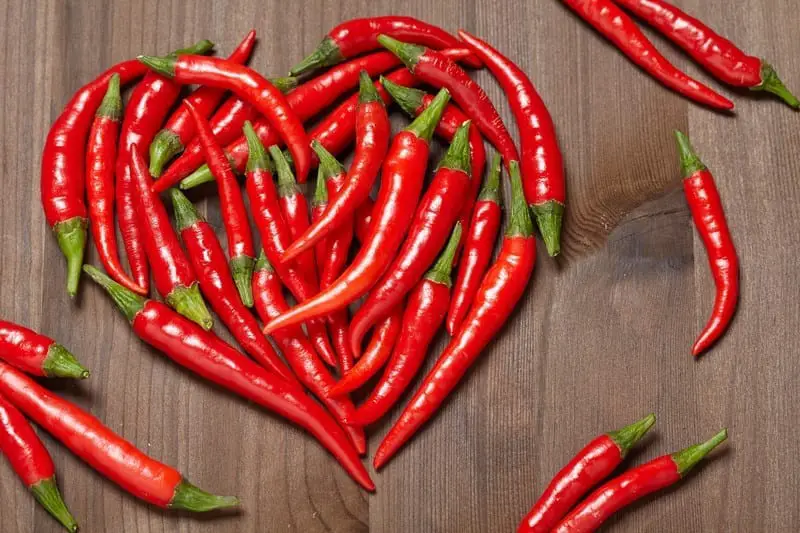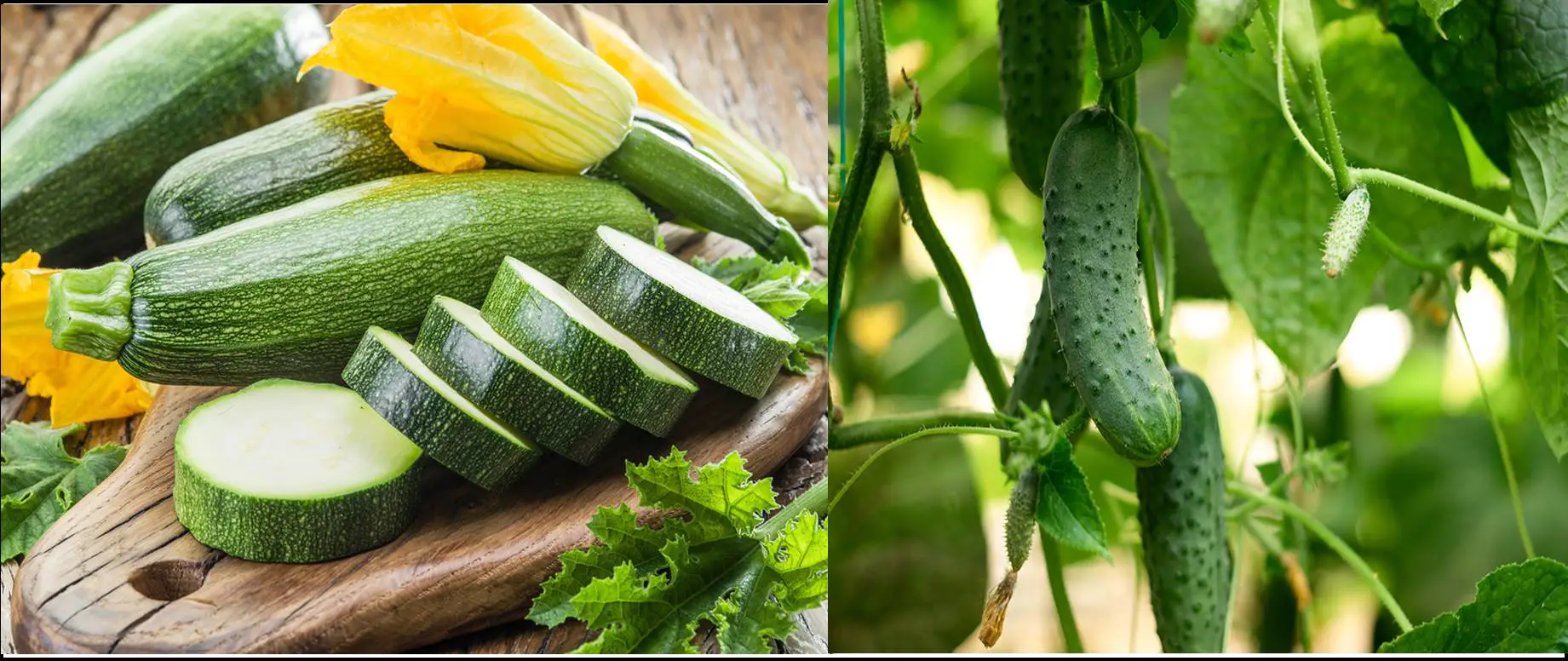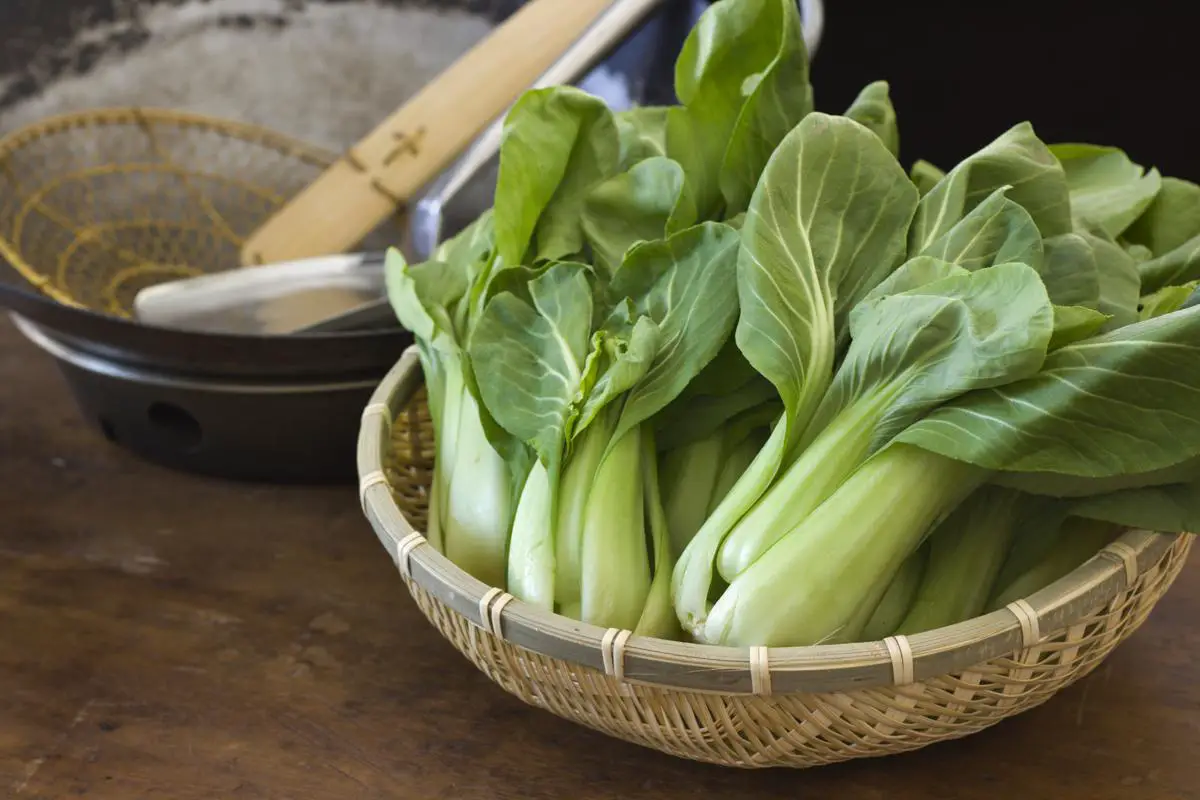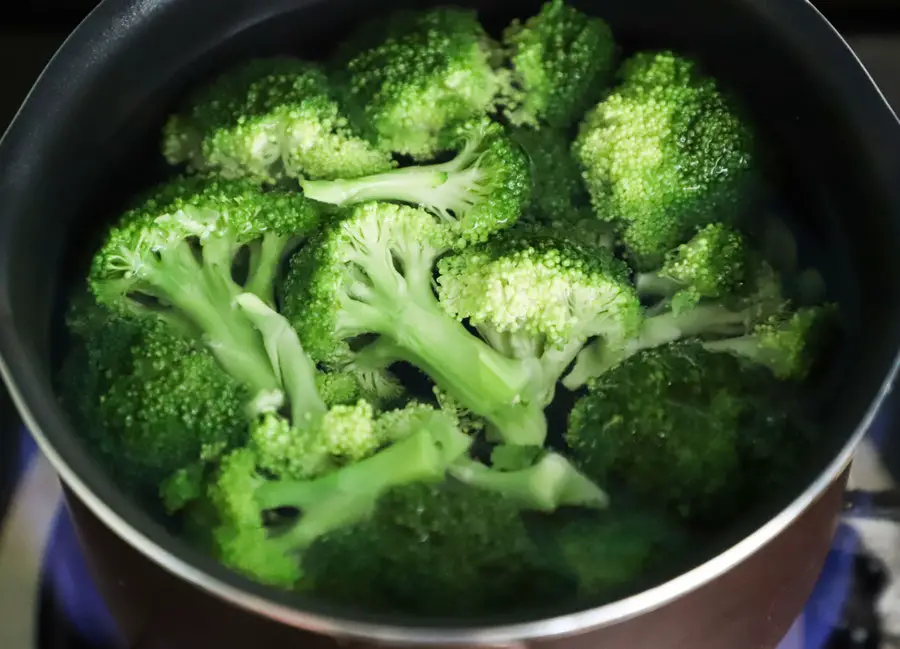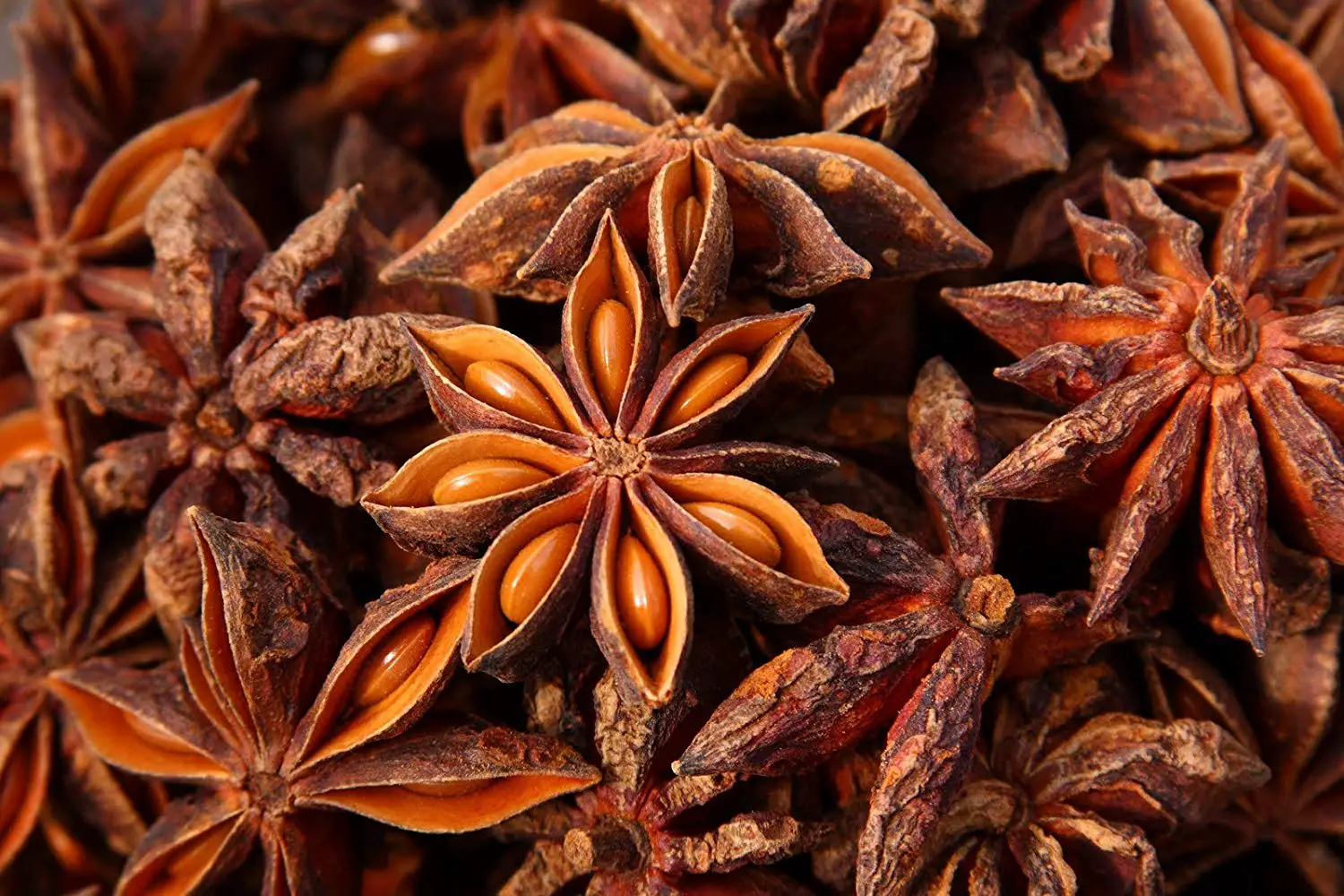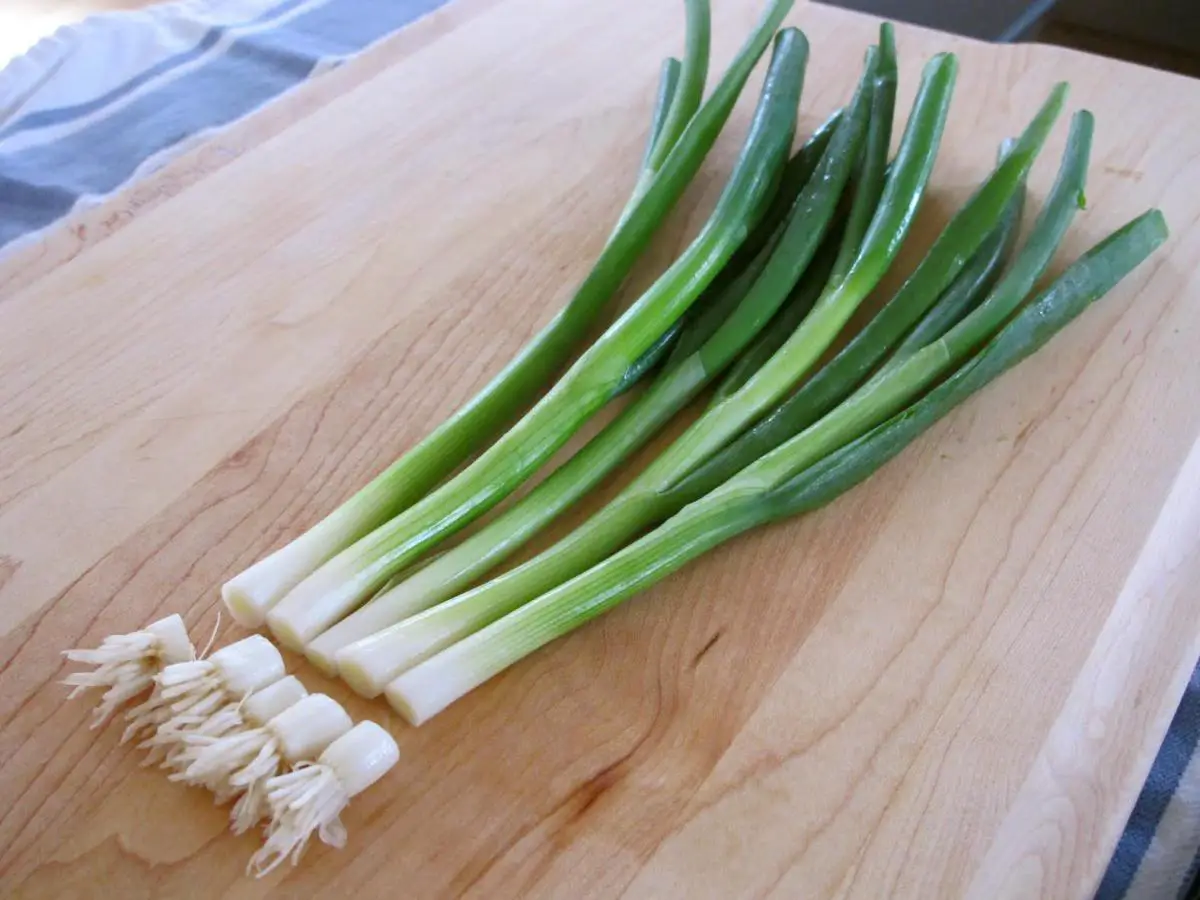Cayenne pepper is one of the most beautiful-looking chilies out there. However, its heat and spiciness can surely pack a punch. The cayenne pepper doesn’t contain rich flavor but is vastly used in many dishes for the additional heat it provides.
You can’t ignore the health benefits of Cayenne pepper either. It works as an appetite suppressor, pain reliever, and decongestant. Its capsaicin releases endorphins in the brain that works as a stress reliever.
But many people don’t want to have so much heat in their meal. Also, cayenne pepper can get out of stock from time to time. If you are looking for cayenne pepper substitutes for situations like this, then your wait is over.
1. Chili Powder
Basic chili powder is the closest spice of cayenne pepper. Its primary characteristic is the heat, along with the light sweet aroma. If you are looking for a substitute that produces lesser heat than cayenne, then this is your go-to option.
For a backyard barbeque party, you can keep chili powder at the top of your list as the alternative to Cayenne Pepper. The spiciness, along with the sweet aroma, can make a steak taste heavenly.
2. Chili Flakes
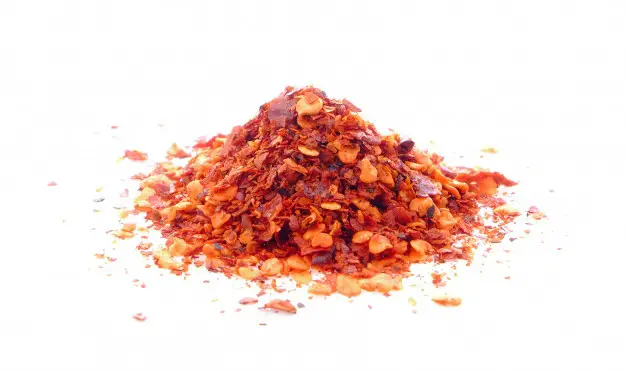
Chili flakes have a very similar flavor to cayenne. On top of that, its heat level can be compared to cayenne quite easily. That’s why you can conveniently use chili flakes as a direct substitute if dried cayenne was your first choice.
Chili flakes are great for helping you to clear your congestion during the flu and cold season. The heat from the flakes can clear the mucus stuffing up your lungs and nose.
3. Thai Chilies
If you are considering Thai chilies as an alternative to cayenne pepper, then only go for the fresh version. Dried Thai chili has a totally different flavor than cayenne and will change the taste of your dish.
But fresh Thai chili tastes and looks very similar to cayenne. You can add a fantastic fresh heat and spicy flavor to your food with just one or two pieces of Thai chili.
Thai chili has a lot of variants, and some of them are not spicy. That’s why you need to ask the grocer about the flavor of the variant before buying it as a cayenne substitute.
4. Fresh Jalapeno
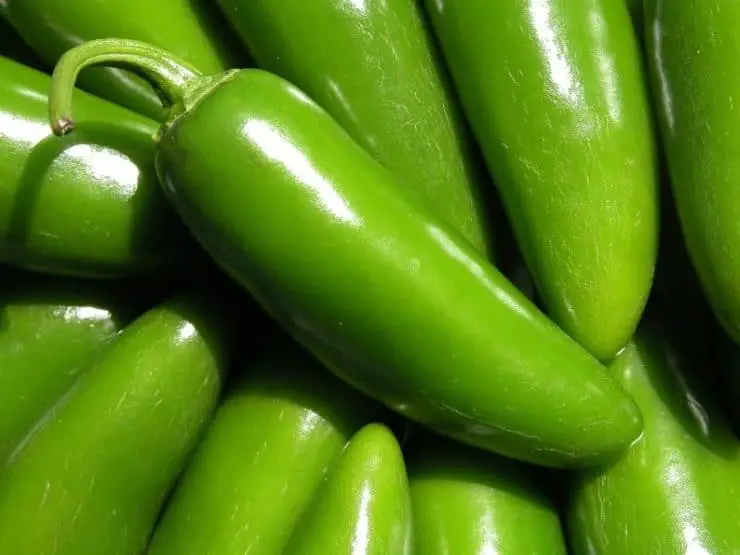
Many people consider jalapeno as the green cousin of cayenne. Fresh jalapeno looks like a doppelganger of cayenne and produces a bit less heat. Dried jalapeno, on the other hand, provides a lot more heat than both fresh jalapeno and cayenne pepper.
Depending on the amount of heat you want to have in your dish, apply fresh jalapeno in different methods.
5. Chili Sauce
This is a different kind of a substitute as sauces are not identical to pepper. Anyways, as the primary purpose of adding pepper in any dish is to add heat and spiciness, hot sauce can do the trick.
But if you just want to add some heat, then chili sauce shouldn’t be your choice.
Chili sauce comes with vinegar, garlic, and tomato along with chili. All the other ingredients will add their flavors to the dish you are cooking. Some people do like to have a plethora of flavors to make the dish look unique. Go with chili sauce if you don’t mind multiple flavors at the same time.
6. Chili Oil
Chili oil should be your last resort if you can’t find any other substitute. It has hot chilies infused with vegetable oil. Many other vegetable flavors can be found in this oil, and those flavors will dilute in your dish.
Drizzling vegetable oil on noodles and other vegetable dishes is a really good idea as the taste will enhance substantially. But just like chili sauce, you shouldn’t use it in your food if you are not looking for anything other than heat and spiciness.
Final Thoughts
Apart from the entries into this list, you can find some other alternatives in the market like chipotle, habanero, and different types of Mexican chili. But these options are way hotter and spicier than cayenne pepper.
If you don’t like extra-spicy and smoky flavor, then it is better for you to stick with the cayenne pepper substitutes mentioned in this list. You can try out more unique options if you want to experience the extra-smokiness and spicy explosion.
